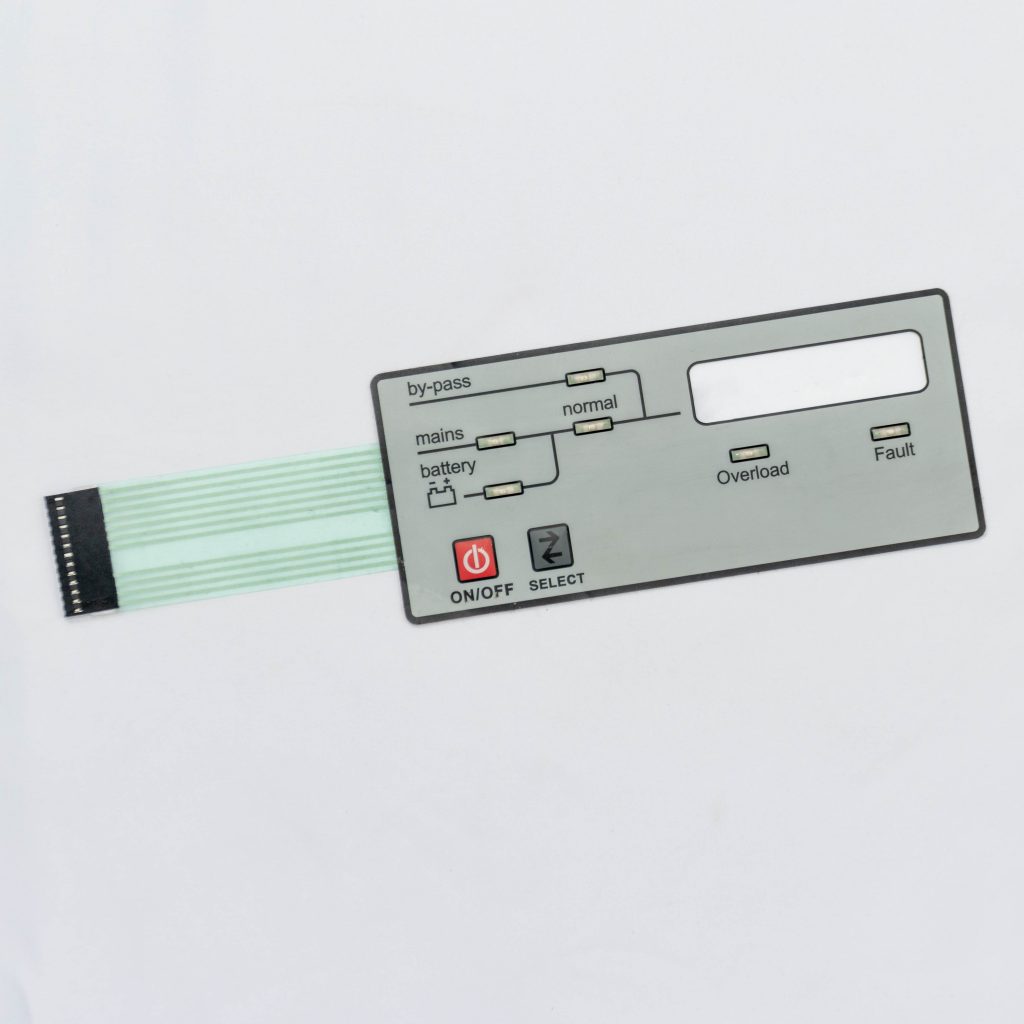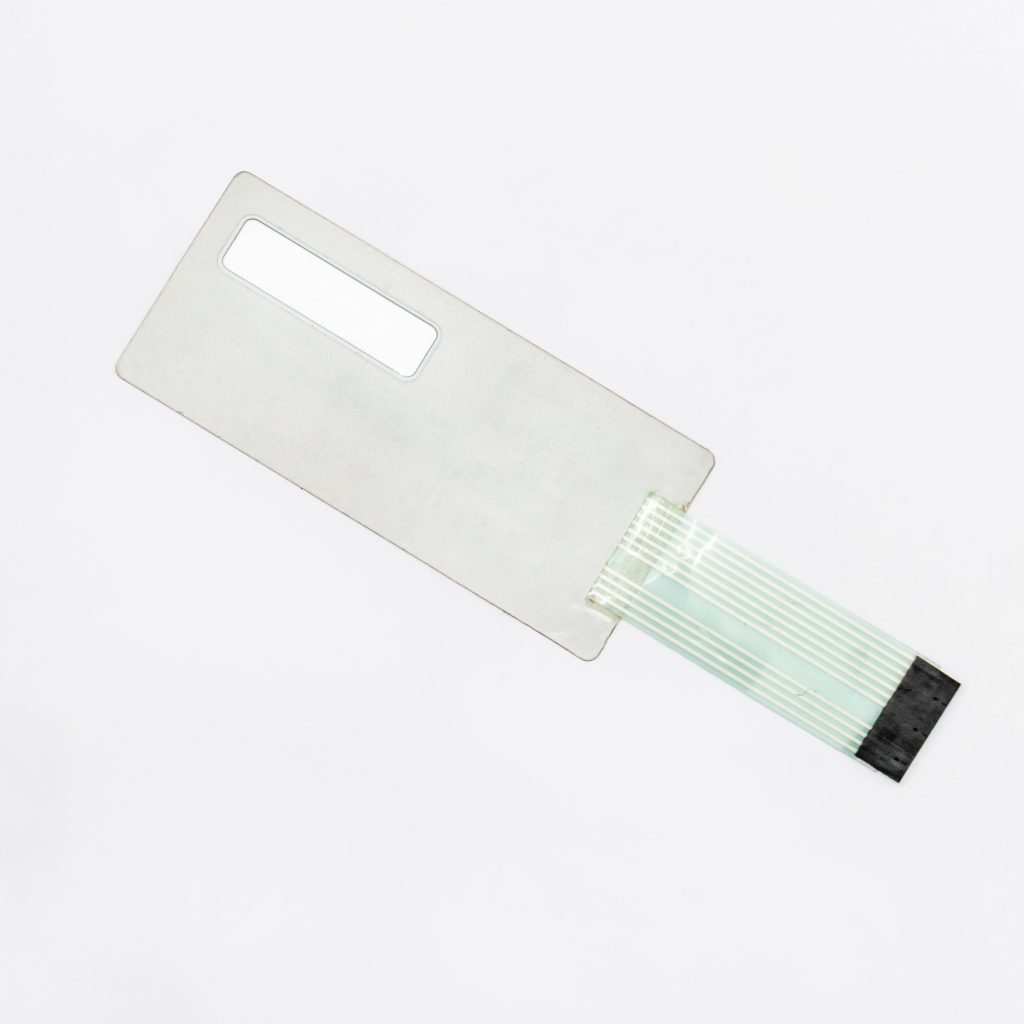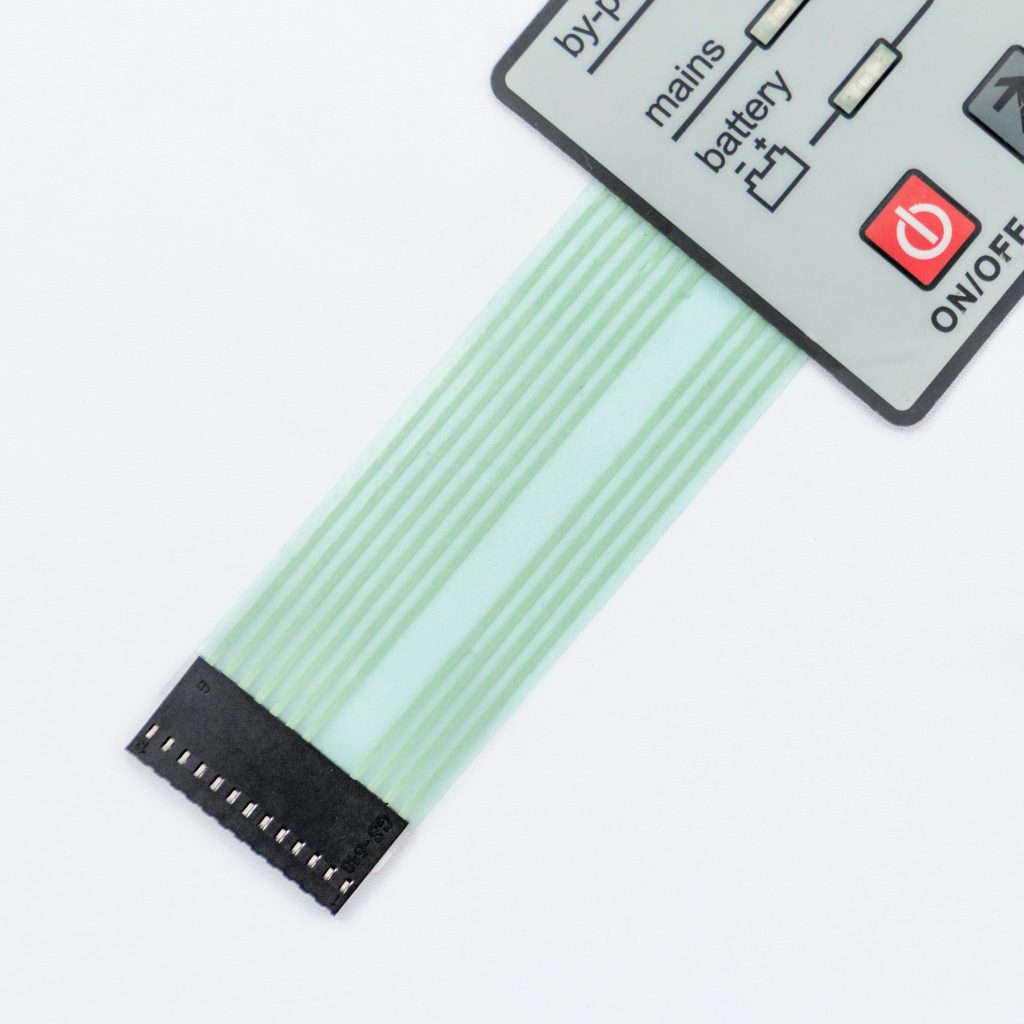Contact
Write to Us And We Would Be Happy to Advise You.
Do you have any questions, or would you like to speak directly with a representative?
By hqt
Membrane switches are widely used in various industries and applications due to their versatility, durability, and ease of use. They consist of several layers, including a top membrane layer with printed circuitry, typically made of silver ink. However, one common issue faced with membrane switches is silver migration, which can cause malfunctioning and reduced performance over time. In this article, we will explore effective strategies and preventive measures to address silver migration in membrane switches.



Silver migration refers to the phenomenon where silver ions migrate across the insulating layers of a membrane switch, leading to the formation of unintended conductive paths. This can occur due to various factors, including environmental conditions, electrical stress, and material compatibility issues. When silver migration happens, it can result in unintended electrical signals, short circuits, or even complete failure of the membrane switch.
Preventing silver migration is crucial to ensure the long-term functionality and reliability of membrane switches. By implementing the following preventive measures, you can significantly reduce the risk of silver migration:
1. Proper Material Selection
Choosing the right materials is essential to minimize the occurrence of silver migration. Opt for high-quality insulating materials with low ionic impurities, such as polyester or polyimide films. These materials provide excellent insulation properties and are less prone to silver migration compared to alternatives.
2. Protective Coatings
Applying protective coatings on the silver ink traces can provide an additional barrier against migration. Polymeric coatings or conformal coatings act as insulating layers, preventing silver ions from migrating across the surface. Ensure that the coatings are carefully applied and cover the entire silver circuitry to ensure effective protection.
3. Controlled Environmental Conditions
Creating a controlled environment for membrane switches can help minimize the risk of silver migration. Maintain stable temperature and humidity levels within the operating range specified by the manufacturer. Extreme environmental conditions, such as high humidity or temperature, can accelerate silver migration. Additionally, ensure that the switches are protected from corrosive gases and chemicals that could contribute to silver migration.
4. Adequate Insulation Spacing
Designing membrane switches with appropriate insulation spacing between conductive traces is crucial. This spacing should be sufficient to prevent electrical breakdown and minimize the chances of silver migration. Consult industry standards and guidelines to determine the recommended insulation spacing for your specific application.
5. Robust Cleaning and Maintenance Procedures
Regular cleaning and maintenance play a vital role in preventing silver migration. Develop a cleaning schedule and use appropriate cleaning agents recommended by the switch manufacturer. Avoid using abrasive materials or harsh chemicals that could damage the insulating layers or disrupt the silver circuitry.
6. Thorough Testing and Quality Control
Implement rigorous testing and quality control procedures during the manufacturing process. Conduct electrical tests to ensure the absence of unintended conductive paths and measure insulation resistance to detect any signs of silver migration. By identifying potential issues early on, you can take corrective actions before the switches are deployed.
Q: What are the main causes of silver migration in membrane switches?
Silver migration in membrane switches can be caused by factors such as environmental conditions, electrical stress, material incompatibility, and poor insulation spacing.
A: How to Prevent Silver Migration in Membrane Switches? – The main preventive measures include proper material selection, applying protective coatings, maintaining controlled environmental conditions, ensuring adequate insulation spacing, implementing robust cleaning and maintenance procedures, and conducting thorough testing and quality control.
Q: Can silver migration be completely eliminated?
A: While it is challenging to completely eliminate the risk of silver migration, implementing the preventive measures mentioned above can significantly reduce its occurrence and minimize its impact on membrane switch performance.
Q: Are there any industry standards for preventing silver migration?
A: Yes, several industry standards provide guidelines for preventing silver migration in membrane switches. Examples include IPC-2223 for flexible printed circuit boards and IPC-2221 for general design standards.
Q: How often should membrane switches be cleaned?
A: The frequency of cleaning depends on the specific application and environmental conditions. However, it is generally recommended to clean membrane switches regularly, following the manufacturer’s guidelines and considering the operating environment.
Q: What steps can be taken if silver migration is detected?
A: If silver migration is detected, it is essential to investigate the root cause and take appropriate actions. This may include replacing the affected switches, improving insulation spacing, modifying environmental conditions, or implementing additional protective measures.
Preventing silver migration in membrane switches is crucial for maintaining their optimal functionality and longevity. By carefully selecting materials, applying protective coatings, maintaining controlled environments, ensuring proper insulation spacing, implementing thorough cleaning and maintenance procedures, and conducting rigorous testing, you can significantly reduce the risk of silver migration and ensure the reliable performance of your membrane switches.
Remember to follow industry standards and consult with experts in the field to stay updated on the latest advancements and best practices in preventing silver migration. By prioritizing preventive measures, you can enhance the durability and performance of membrane switches in various applications.
Do you have any questions, or would you like to speak directly with a representative?